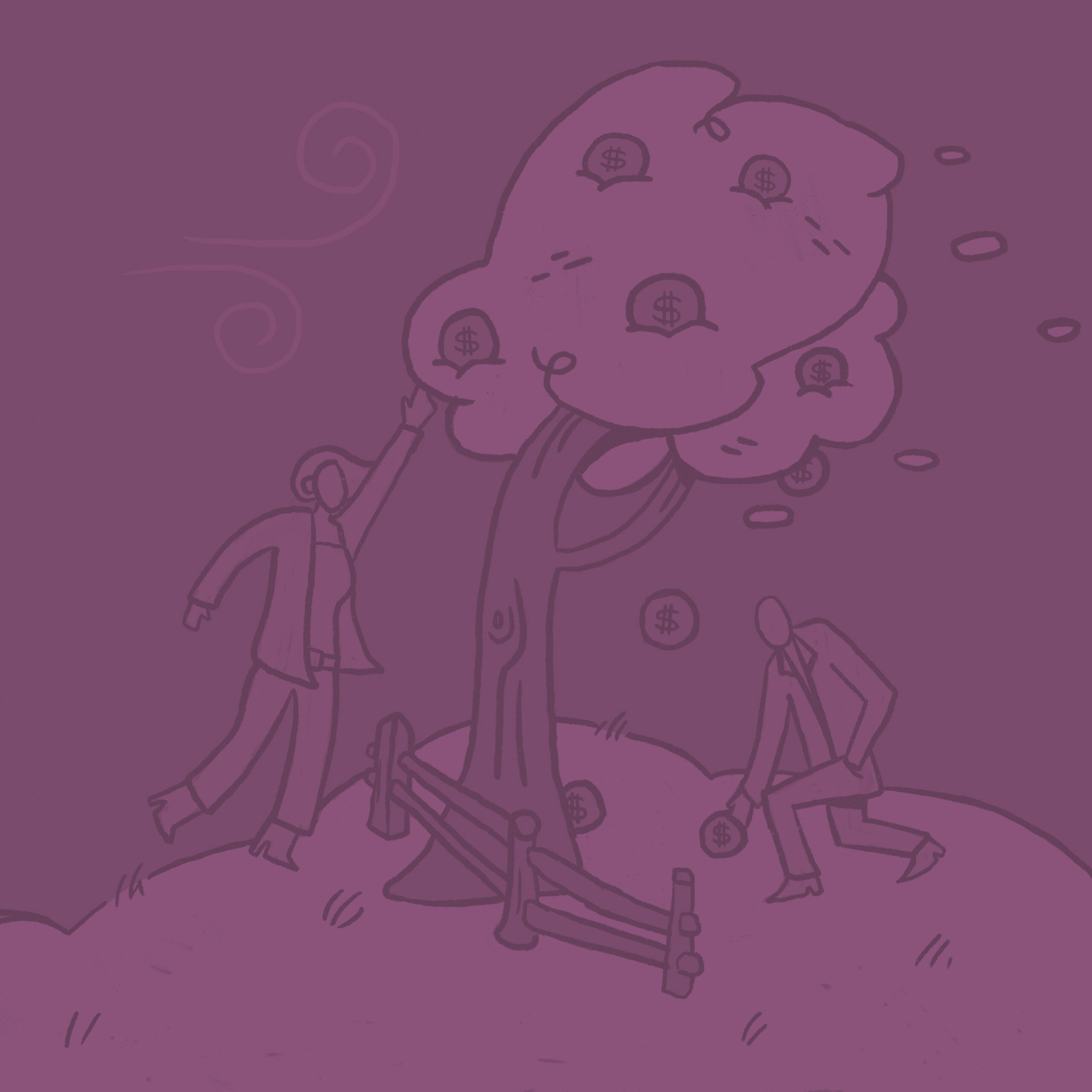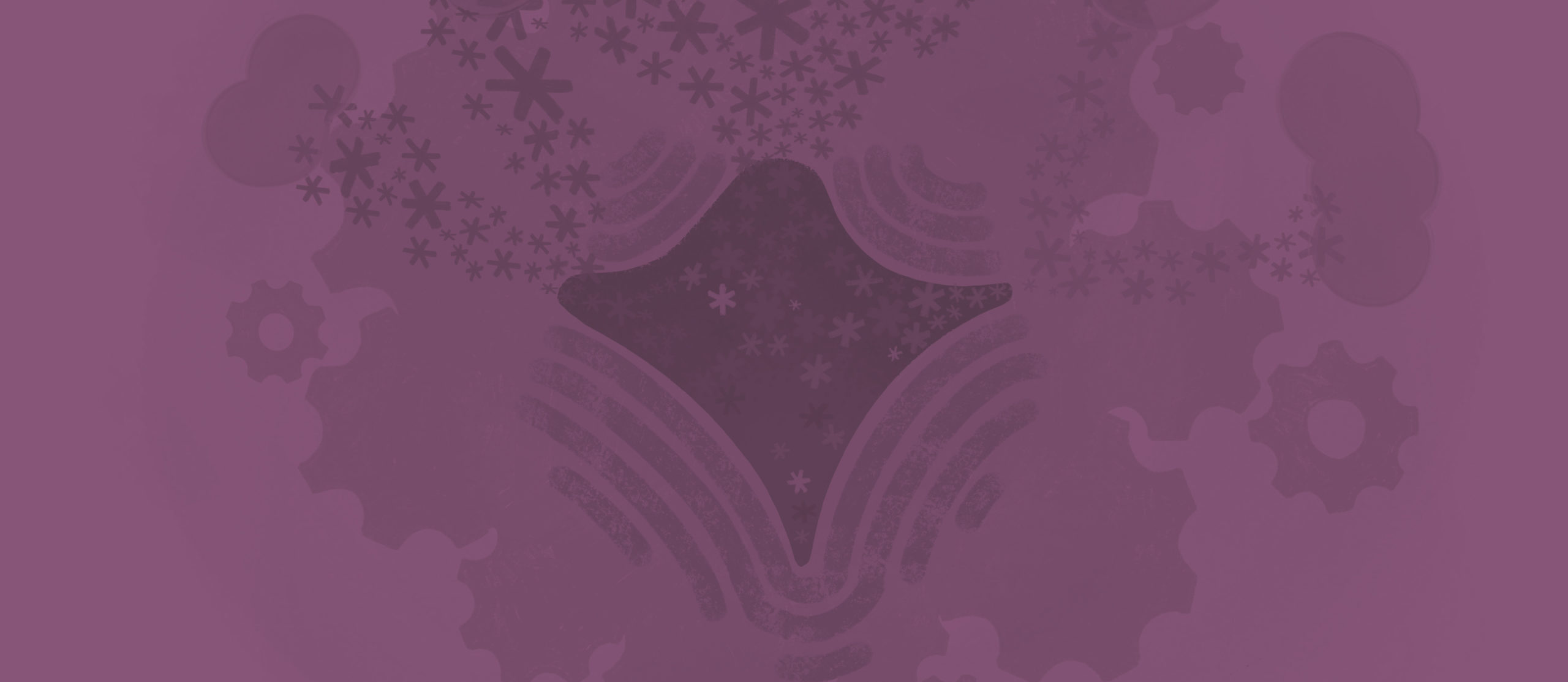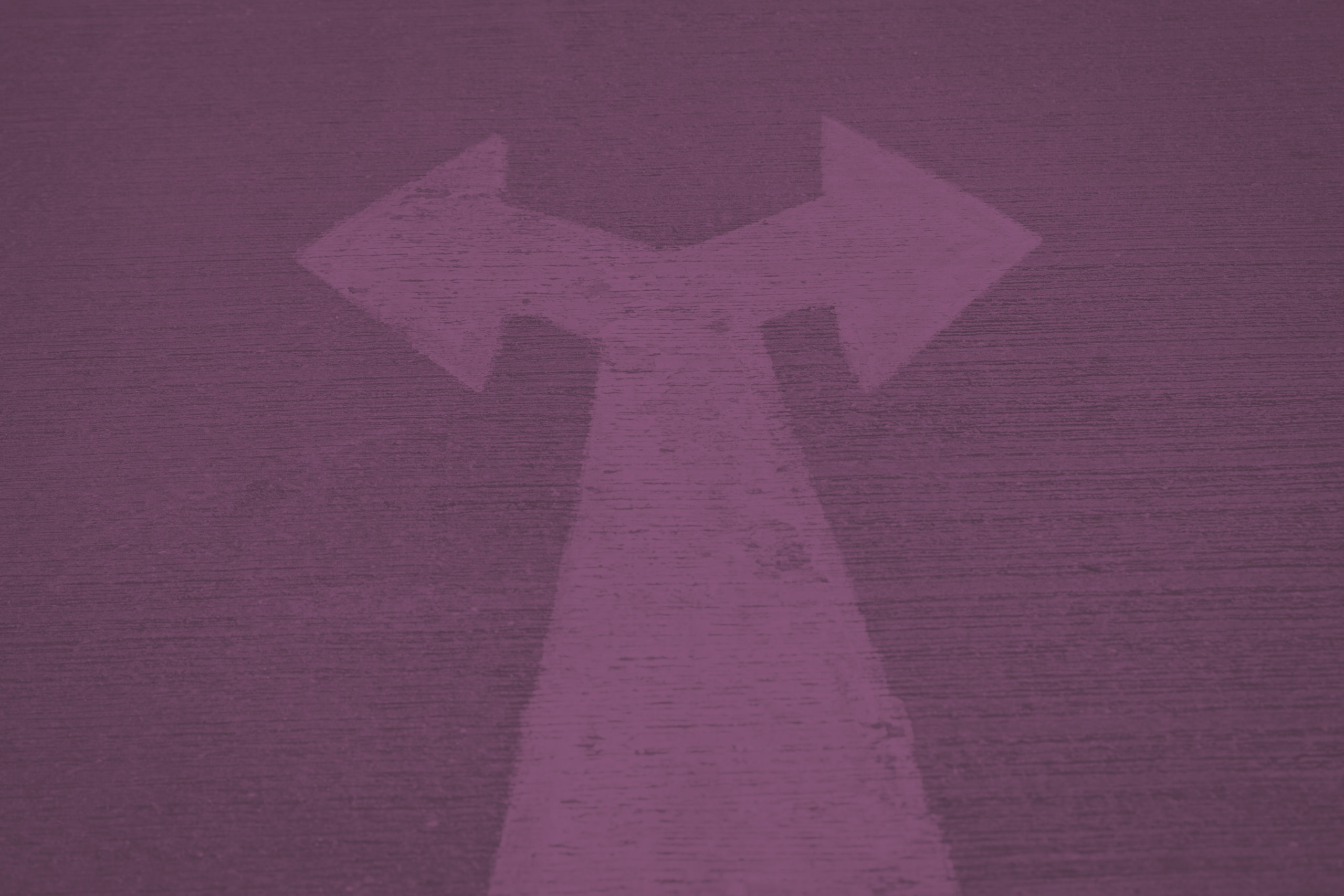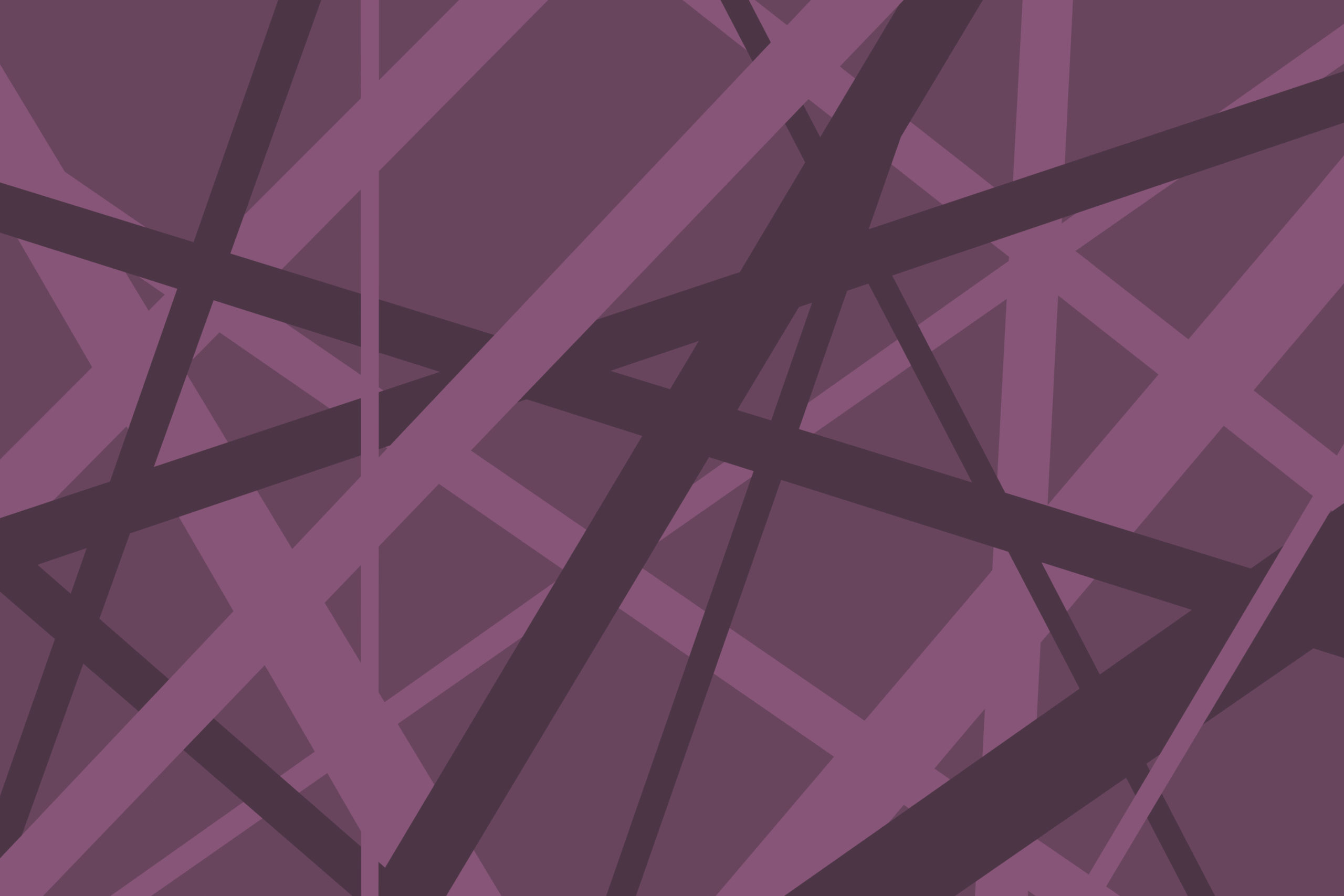Agency interviews: The most efficient way to find a creative partner
{Part 2 of 2}
In part 1, the RFP is DOA, I laid out my case against the longstanding method used to find a creative agency. In this article, I’ll cover the best way to find a creative agency, the agency interview. It’s as simple as the name suggests: find some agencies you think might be a good fit, meet with them and select who you’d like to work with. The following are a few things to consider as you start your journey. Have fun.
1. Determine if an agency relationship is really the best fit
We talk to a lot of organizations that need design, marketing and branding work — locally and nationally. Early on in those conversations, we can usually discern the best fit for them: agency, freelance or in-house. This article assumes you’ve determined an agency is the better fit for your business, but if you’re not certain you need a marketing agency, here’s an overview of your choices that may help you decide:
Agency
Obviously, as an agency principal, I’m biased. I’ve seen how a client-agency relationship can help businesses realize their visions, reach new audiences and change the world — so I’m a believer. I’ve also seen my share of bad client-agency relationships. It’s critical for the health of our industry that client-agency relationships are as strong as they can be, so whether you end up working with Toolbox or another agency, it’s in my best interest for that relationship to go well — so I’ll be honest.
The Pros: Agencies can bring a healthy, educated outside perspective to your business. Your agency will help execute your vision and bring fresh creative thinking to the table. If you have five meetings and one is with your agency, that should be the most fun meeting of the day, without question.
The Cons: An agency relationship can be a big investment. If you enter into one too hastily, it can get ugly and expensive. An agency relationship will force you to commit. If your company focus, goals or audience shifts during the process, it can become costly and frustrating.
Freelance
Some of the best design and illustration work is done by extremely talented freelancers. Likewise, there are some highly specialized consultants that do really powerful work on a hired-gun basis. We’ll bring in hired guns for specialized needs like SEO and database analyses, and we refer freelancers in first meetings with potential clients if we think they’ll be a better fit.
The Pros: One singular person serves as your creative partner. Work should be consistent and dependable, and you’ll know if it’s a good fit early on in the process. If you’re working with outside creatives for the first time, a freelancer is a great way to test the waters without diving in too deep. You’ll often pay less, as freelancers lack the overhead of agencies. However, you get what you pay for with freelancers as well, so choose someone you trust and think will be a good fit over the lowest price.
The Cons: The singular point of contact can be a detriment as much as a benefit. If you give them a couple of big jobs the same time another client does, they might turn you down — good freelancers will know their capacity and not commit to work they can’t complete. They might try to take it all on, which can result in subpar work, missed deadlines or both.
If you go the freelance route, it’s best to have a bullpen of go-to partners, know their strengths, book them early, pay them well and on time, and treat them like partners, not vendors.
In-house
Likewise, some of the best creative work is done by in-house teams. Many big brands have taken their agency work in-house with great success.
Pros: They’re on your payroll. You’re their only client. They know your industry inside and out, and they’re always at the disposal of everyone on your team.
Cons: They’re on your payroll. That’s great if you have the volume of work to justify their talent and they can do efficient creative work at least 80% of their time. If too many of the day-to-day tasks they perform fall either below or above their skill level, then what seemed like a good investment can prove just the opposite.
While you should have an idea which is the best fit for you, the three are not mutually exclusive. Many companies, particularly larger corporations, effectively employ a combination of the three. Many of our clients have in-house creative staff and use freelancers on occasion — and we love collaborating with the entire team.
2. Determine if you’re looking for a commodity or a partnership
If you see design, marketing and branding services as a commodity, then the RFP is AOK.
RFPs are a great way to procure commodities. If you need a billion nails or a million rolls of toilet paper, it’s easy to know what you’d like to pay, dial in your specs and have vendors compete to provide the best price. Basically, if you think of your creative agency as a vendor from which you buy services at the best possible rate, then the RFP is a fine way to go about your business. Like nails and toilet paper, you get what you pay for with creative services. Unlike nails and toilet paper, it’s harder to compare apples to apples when selecting a creative partner.
A website or a logo can cost anywhere from a dollar to a million dollars. That’s a broad range for a commodity, to say the least. If you need a cheap logo and you need it fast, ask the internet. Offshore outfits, slick-looking contest sites and hungry students will all compete for your commodity business. But caveat emptor and may the force be with you.
3. Is it better to have a local agency or a specialty agency?
When seeking a creative partner, a company must first decide what’s more important: locality or specialty. There is no right or wrong answer. Over the years, both have factored into clients choosing to work with us. Once you answer this question, it’s much easier to find agencies to interview.
Determine what’s most important, a specialized knowledge of your industry or a strong understanding of your local market. On some occasions, you can find both in one shop. If you’re an automotive manufacturer in Michigan or a religious publisher in Colorado Springs, you’ll likely find a local creative agency that knows your industry well.
If you think a specialist is a better fit, don’t give that up to work locally. Cheap airfare, teleconferencing and collaborative workflows have made working across distance a seamless process. We have clients across the country, and we work together just as smoothly as our local clients.
Locality
Assuming you’re not in a giant metropolis, local agencies should be easy to find. If you’re marketing locally, a local partner makes a lot of sense. They’ll know the market and will be able to more
quickly get up to speed on your brand. They may already be familiar with your company. There’s also the convenience of being able to meet face to face whenever you want.
Specialty
If your potential customers are everyone, you may not need a specialist. If you sell 3D printers to jewelers or specialized wheat varieties to American farmers, then it’s pretty important your agency knows your industry.
In either case, your first steps should be to ask around, then ask Google.
4. How do I find a marketing agency?
Ask around
Word of mouth is always the best marketing, even when looking for a marketing partner. If you’ve decided locality is most important, identify local brands you admire. Reach out to them and ask who does their work. Any client who loves their agency would be happy to sing their praises and connect you.
If you’ve decided specialty is more important, identify brands within your industry you admire. Call their marketing manager and ask about their creative partner. If you’re in a heavily competitive industry, this could be challenging. A direct competitor might be unwilling to share their creative partner, and the agency is unlikely to work with a direct competitor of a current client. If this is the case, seek out brands you admire in a similar but not directly competitive field.
Ask Google
Let your fingers do the walking. Those of a certain age will remember that as the slogan for the phone book (remember those?) — but it’s even more applicable to the internet. Search for a design company, marketing agency or brand consultant — either by locality (Google will do that by default) or by specialty. If you’re a dentist’s office needing to find more clients or an innovative agtech company taking on the big guys in the field, search for an agency that does what you need. They’re out there, and if you don’t look for them first, they’ll likely find you.
Spend a few minutes on the websites of potential creative partners, flip through portfolios, check out some case studies, read an article or two. You should be able to get a feel for their process, style and ethos. Some folks visit our site and want to start a conversation. Some visit our site and know they need something else. That’s great – it saves a lot of time on both sides.
Qualify them in or out. If you’ve got a good idea what you need in a creative partnership, a few contenders should rise to the top.
5. Meet ’em, greet ’em, vet ’em
While technology has connected us in ways unimaginable a generation ago, our technological connection has only served to reinforce the importance of personal connections. Graphic design, marketing and branding is a face-to-face, person-to-person business. You can’t automate a great creative relationship. Meeting with agencies, via phone, Skype or in-person will be some of the most efficient and enlightening time you spend.
Talk money early
There is an outdated notion in sales that the person who names a price first loses. That might work if you’re haggling over an antique at a flea market or if you’re buying ten tons of toilet paper, but in our business, stuff costs what it costs and neither side should be afraid to talk turkey.
You should already have a feel for your budget, and most agencies have a minimum level of engagement for new clients. Tell them your budget, ask for a price range and determine if you’re in the same ballpark early in the conversation. This will help you determine if you should take the conversation further.
Process the process
Ask them how they do what they do. There is a certain mystery about the creative process, but it’s no secret — creatives are happy to talk about how we do what we do.
Ask about their process and what your role will be as a client. How do they bid and bill work, present work, build consensus, finalize projects and ensure your satisfaction? Ask to meet the team who will be doing your work. The larger the agency, the more critical it is to meet the team. Some large agencies have A, B and C teams they assign to various clients. Make sure the folks who sell you are the folks who will serve you.
Make the case
Ask for case studies and references, but dig deeper. Ask the agency to walk you through how they’ve solved a challenge like yours for a similar client. Ask what went well and what didn’t. Ask about an entirely different project that didn’t go well and ask what went wrong. Call references and get their perspective. Ask them to share what they like most and least about their agency and what they’d change if they could. Their honest answers will be incredibly helpful.
Trust, but verify
A great creative partnership is all about trust — so you should trust your gut, but verify your choice. Assuming you can make the numbers work, do you feel a chemistry with the agency? If you don’t feel chemistry on a first date, you’re not going to get married to see if it changes. It’s the same with creative partnerships. Do you trust them? Are you having fun? We’re not ditch diggers; what we do should be fun. If you’re not enjoying the interview, then you’re not going to like working with them — and life’s too short not to enjoy working with your agency.
6. Make your decision and start rockin’
You should have a frontrunner or two by this point. You’ve asked around, you’ve asked Google. You talked to references, reviewed portfolios and processes. You’ve met the team and dialed in ballpark pricing.
Follow your gut and make your choice. Follow up and take the relationship to the contract level. Then follow up personally with the one or two agencies you didn’t select and provide honest feedback. Don’t worry about hurting feelings or avoid calling altogether for fear it might be an uncomfortable conversation. The good karma this creates will far outweigh the bad news. If they were your first choice but you couldn’t afford them, let them know. If you didn’t feel the chemistry, let them know.
If you’ve previously used the RFP process to find an agency, I hope at this point you feel your time has been spent much more effectively. You’ve laid the groundwork for a long, fruitful relationship built on mutual trust, and you should have a ton of fun collaborating with your new creative partner. Enjoy.
About Toolbox Creative:
Toolbox Creative is a B2B technology branding firm. We speak Engineer, translating complex technologies and bridging the gap between the science of science and the art of selling it. We convert tech talk into brand love and connect tech companies with their customers.
We are on a mission to help technologists, innovators and engineers prove how their big ideas and innovative technologies can change the world.
Our Brand Engineering process empowers technology brands to take on the dominant players in the field. We help innovative technology companies look and sound as good as they truly are, increase their brand equity and grab market share.



